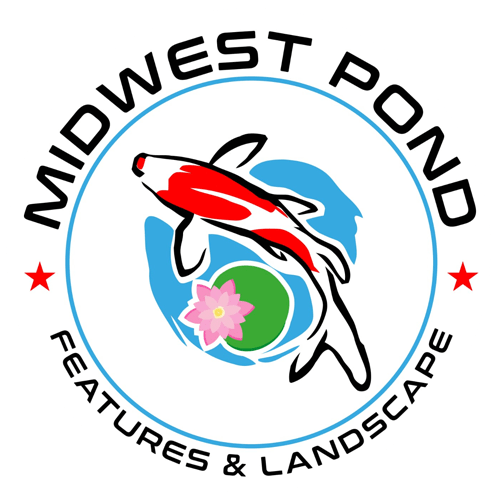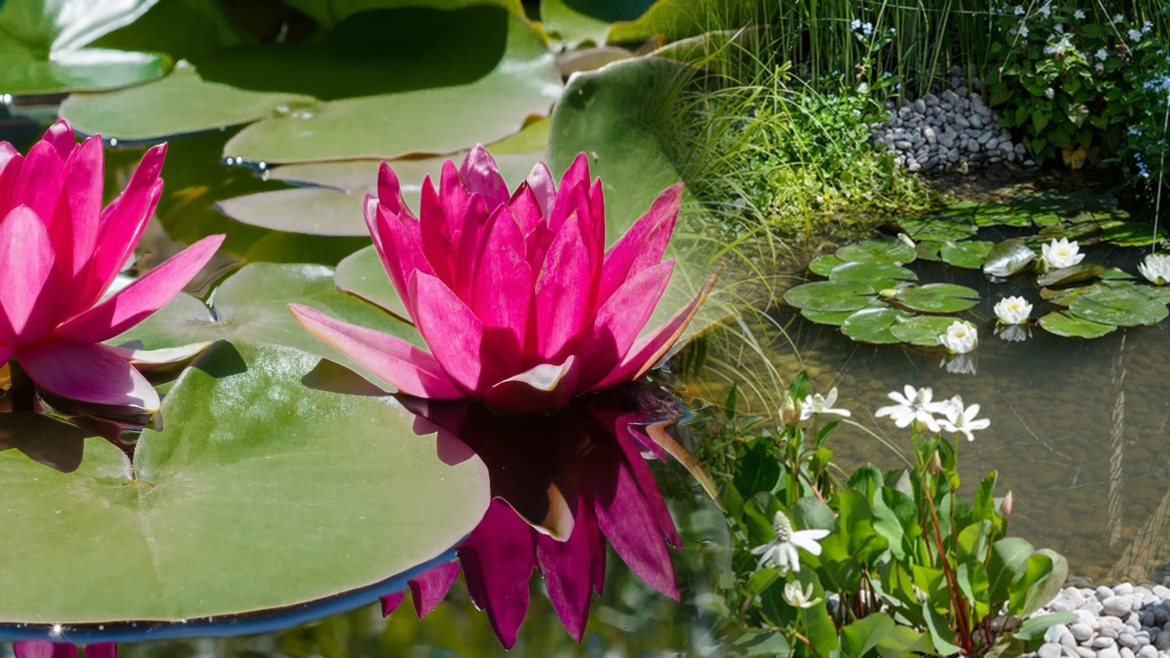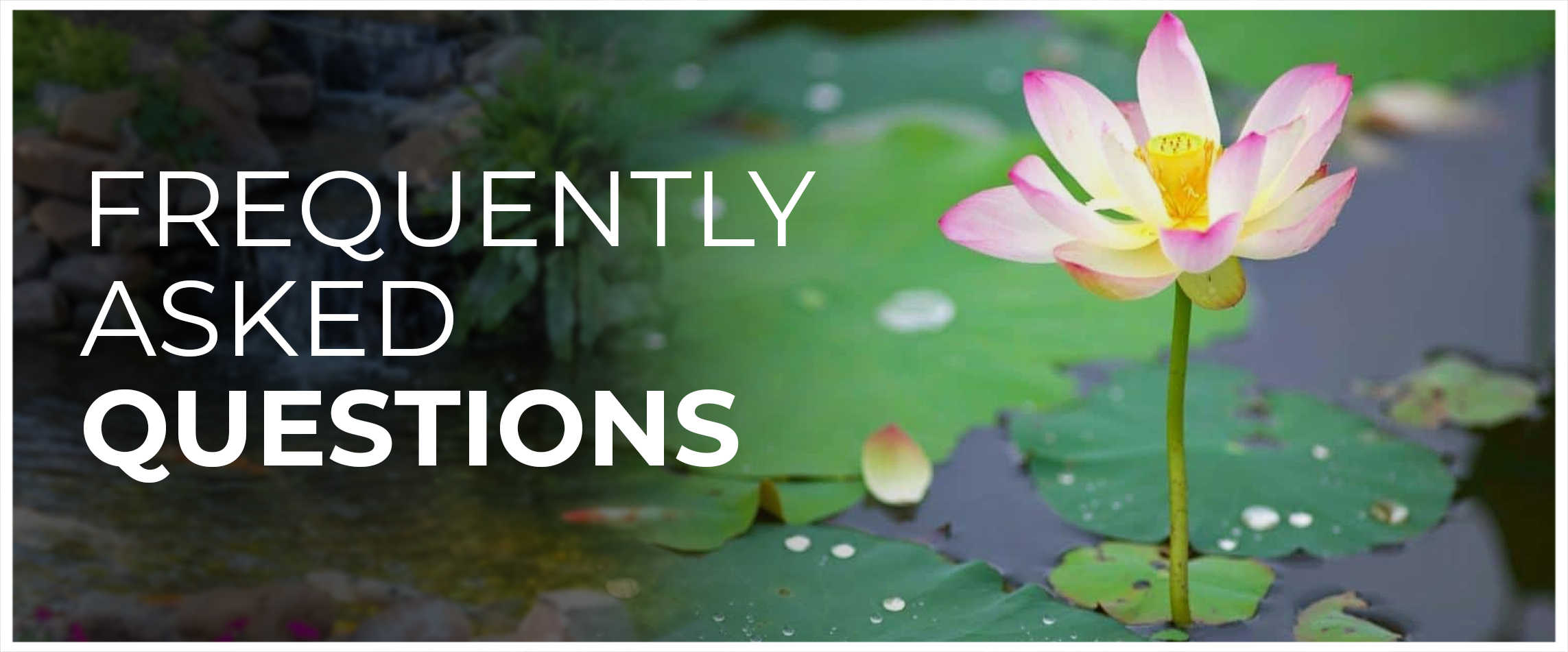The ponds can be a fantastic and unique part of a landscape with their calm waters and plentiful aquatic life.
Building a well-structured pond system requires careful planning of the types of pond plants to add.
Ranging from oxygenators to water lilies, each category contributes its share to the health of the water, offers a habitat for wildlife, and creates a beautiful landscape.
This blog will guide you through creating a harmonious environment by carefully choosing and integrating various pond plants.
Understanding the Categories
Floating Pond Plants
Plants such as water hyacinths and duckweeds are the beautiful green cover that provides shade and controls excess sunlight that can cause algae. Their root system also takes up extra nutrients, helping to keep water clear.
Marginal Plants
At the pond’s shore, marginal plants like cattails and irises contribute aesthetically and prevent erosion by stabilizing the banks. They form a buffer area between the water and land that supports a vast ecosystem of aquatic and land-dwelling species.
Oxygenating Pond Plants
Essential for a thriving pond, oxygenators, including anacharis and hornwort, release oxygen during photosynthesis, promoting a healthy environment for fish and other aquatic organisms. They also act as natural filters, absorbing nutrients and preventing unwanted algae growth.
Water Lilies
Water lilies, known for their enchanting blooms, provide shade, reducing sunlight penetration and curbing algae growth. Their broad leaves also offer a resting place for frogs and insects, creating a dynamic and balanced ecosystem.
Pond Plant Care
Choosing the right mix of pond plants is just the beginning; proper care is essential to maintain a flourishing ecosystem:
Aquatic Plant Fertilizers
To ensure optimal growth, consider using specialized aquatic plant fertilizers. These formulations provide essential nutrients without promoting excessive algae development.
Pond Plant Baskets
Use baskets to contain vigorous plants and prevent them from overtaking the pond. It also simplifies maintenance by making it easier to remove and replace plants as needed.
Seasonal Pond Plant Care
Different plants have varying needs throughout the seasons. Adjust the care routine accordingly, trimming back overgrowth and removing debris to keep the pond in top condition.
Addressing Challenges
Pond Weed Control
Invasive pond weeds can disrupt the balance of the ecosystem. Regular inspections and prompt removal of unwanted vegetation help prevent the spread of weeds and maintain a healthy pond environment.
Pond Algae Solutions
Algae, though natural, can become a nuisance when it proliferates. Implementing shade through floating plants, proper filtration, and maintaining nutrient balance are effective strategies to control algae growth.
Pond Plant Pests
Look for pests that may affect the pond plants. Insects and diseases can quickly spread, jeopardizing the health of the aquatic ecosystem. Early detection and appropriate interventions are vital in mitigating potential issues.
Best Plants for Ponds
While we’ve discussed various categories of pond plants, it’s worth highlighting some specific species that are renowned for their contributions to a pond ecosystem:
Lotus Flowers
Lotus flowers, known for their symbolic significance and captivating beauty, add a touch of elegance to ponds. Their large leaves provide shade and shelter for fish, while their blooms are a visual spectacle.
Pickerelweed
This native plant boasts striking spikes of blue-purple flowers and thrives in shallow water. It attracts pollinators, contributing to the biodiversity of your pond.
Bogbean
Ideal for marginal areas, bogbean features attractive foliage and delicate white flowers. It enhances the visual appeal and provides habitat and food for various aquatic insects.
Edible Pond Plants
Consider incorporating edible plants into your pond, not only for their aesthetic appeal but also for culinary purposes:
Watercress
Watercress is a versatile edible aquatic plant that adds a peppery flavor to salads and other dishes. It also acts as a natural water purifier, removing excess nutrients.
Water Chestnut
Water chestnuts thrive in shallow waters because of their crunchy texture and mild taste. Water-floating rosettes not only provide sustenance but also create a pleasing visual display.
Native Pond Plants
Opting for native pond plants offers several advantages, as these species are adapted to the local environment:
Blue Flag Iris
A native iris species, it not only adds a splash of color but also attracts beneficial pollinators. Its rhizomes stabilize the soil and prevent erosion.
Spatterdock
Commonly found in North America, spatterdock’s broad leaves provide shade, reducing water temperature and inhibiting algae growth. Its flowers attract pollinators, fostering a balanced ecosystem.
Pond Plant Diseases
To maintain a healthy pond, it’s crucial to be vigilant about potential diseases affecting your plants:
Fungal Infections
Look for signs of fungal infections, such as discolored spots or wilting. Timely intervention with fungicides or removal of affected parts can prevent the spread.
Bacterial Issues
Bacterial infections may manifest as rotting or slimy areas on plant surfaces. Pruning affected portions and ensuring proper water circulation can mitigate bacterial problems.
Frequently Asked Questions:
How do I deal with excessive algae growth in my pond?
Excessive algae can indeed disrupt the harmony of the pond. To address this issue, consider the following steps:
- Introduce Shade: Floating pond plants, especially water lilies, create natural shade, limiting the amount of sunlight that reaches the water. It helps control algae growth.
- Invest in Filtration: A reliable filtration system, including biological and mechanical components, can efficiently remove excess nutrients that fuel algae proliferation. Regularly clean and maintain the filter for optimal performance.
- Balance Nutrient Levels: Utilize aquatic plant fertilizers specifically formulated to nourish the plants without overloading the water with nutrients. It helps strike a balance that supports plant growth without providing excess fuel for algae.
- Manual Removal: Periodically remove excess algae manually using a pond net or rake. It prevents unchecked growth and keeps the pond visually appealing.
Can I have both ornamental and edible plants in my pond?
Absolutely! Integrating ornamental and edible plants in your pond enhances its visual appeal and offers practical benefits. Here’s how to can achieve this harmonious balance:
- Select Edible Varieties: Choose edible pond plants like watercress or water chestnut, known for their culinary value. These add a unique dimension to the pond and serve as a sustainable food source.
- Strategic Placement: Designate specific areas for ornamental and edible plants based on their growth habits and sunlight requirements. It allows you to create visually pleasing arrangements while ensuring the optimal conditions for each type.
- Consider Native Varieties: Explore native pond plants that are aesthetically pleasing and edible. Blue flag iris, for example, adds color to your pond and has edible parts.
- Mindful Maintenance: Be aware of the growth patterns of each plant type and implement maintenance practices accordingly. Regularly prune and harvest edible plants to keep your pond visually appealing and productive.
Wrapping it Up:
The aim is to brilliantly select and carefully cultivate pond plants that will form a harmonized ecosystem within the pond. Besides the functional uses of oxygenation and nutrient absorption, the vegetation and flowering plants add beauty and vibrancy to the aquatic haven.
Using a blend of floating plants, marginals, oxygenators, and water lilies and considering seasonal care and possible challenges, commence your adventure to cultivate a pond and a source of tranquility. By intentionally adding selected decorative and functional plants, you can achieve the pond of your dreams and a vibrant ecosystem of plants and animals.
While discovering what plants live in your pond, remember that each part of their ecosystem is part of a complex web of interactions. A thoughtful choice, careful management, and an understanding of the intricacies of your pond’s ecology will result in a sanctuary that satisfies both the eye and the soul, offering the solace of nature and tranquil moments.



